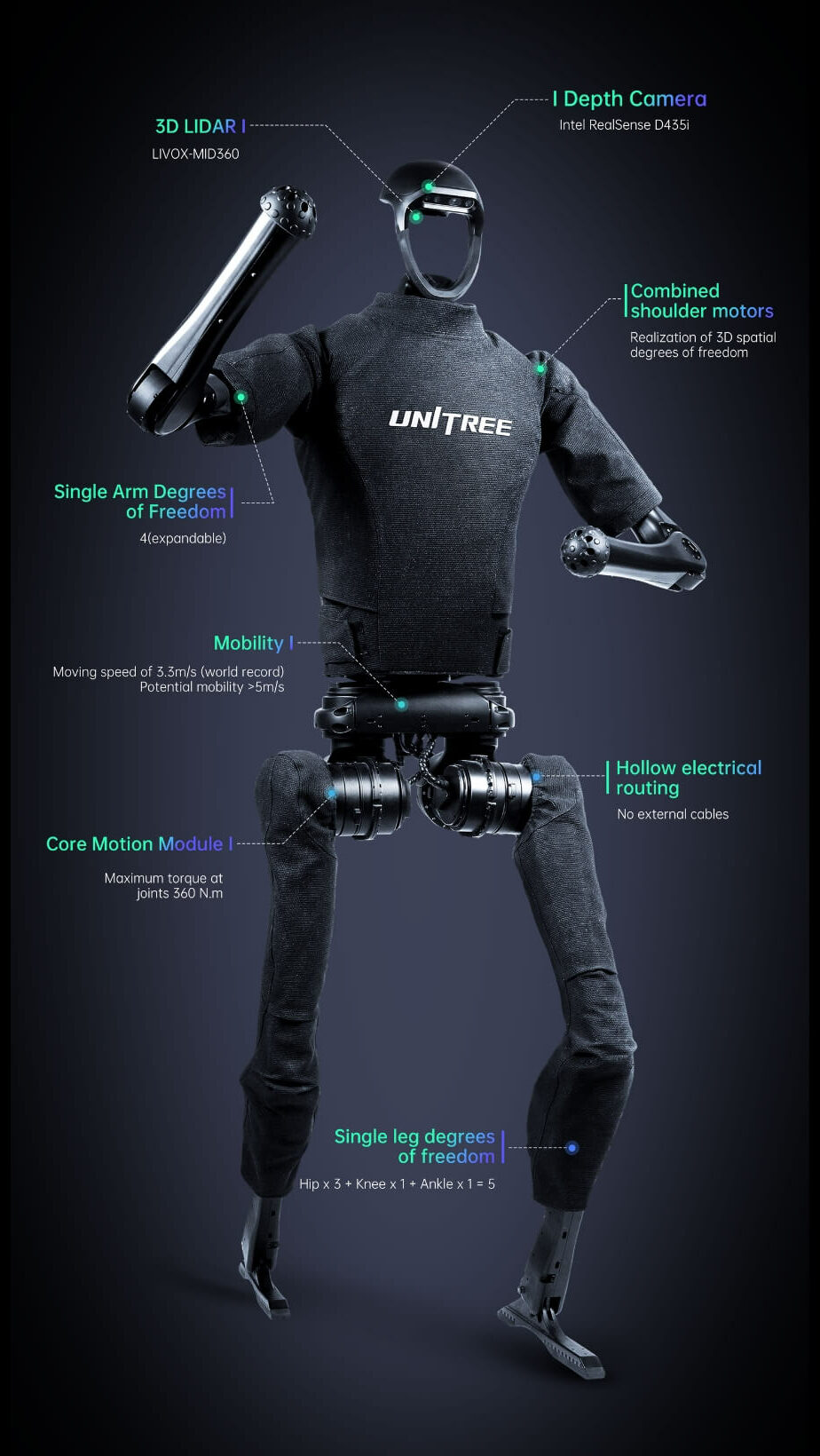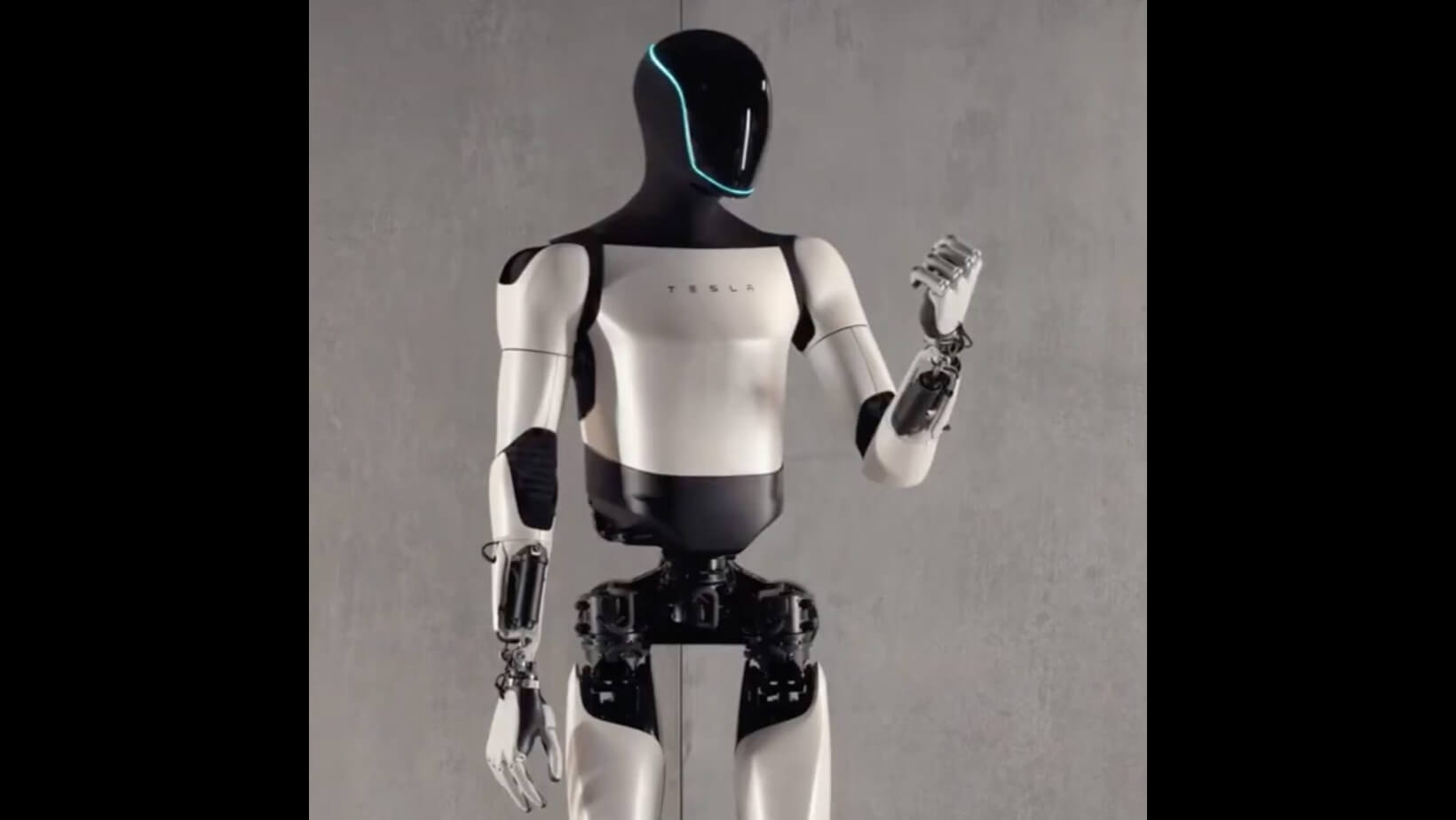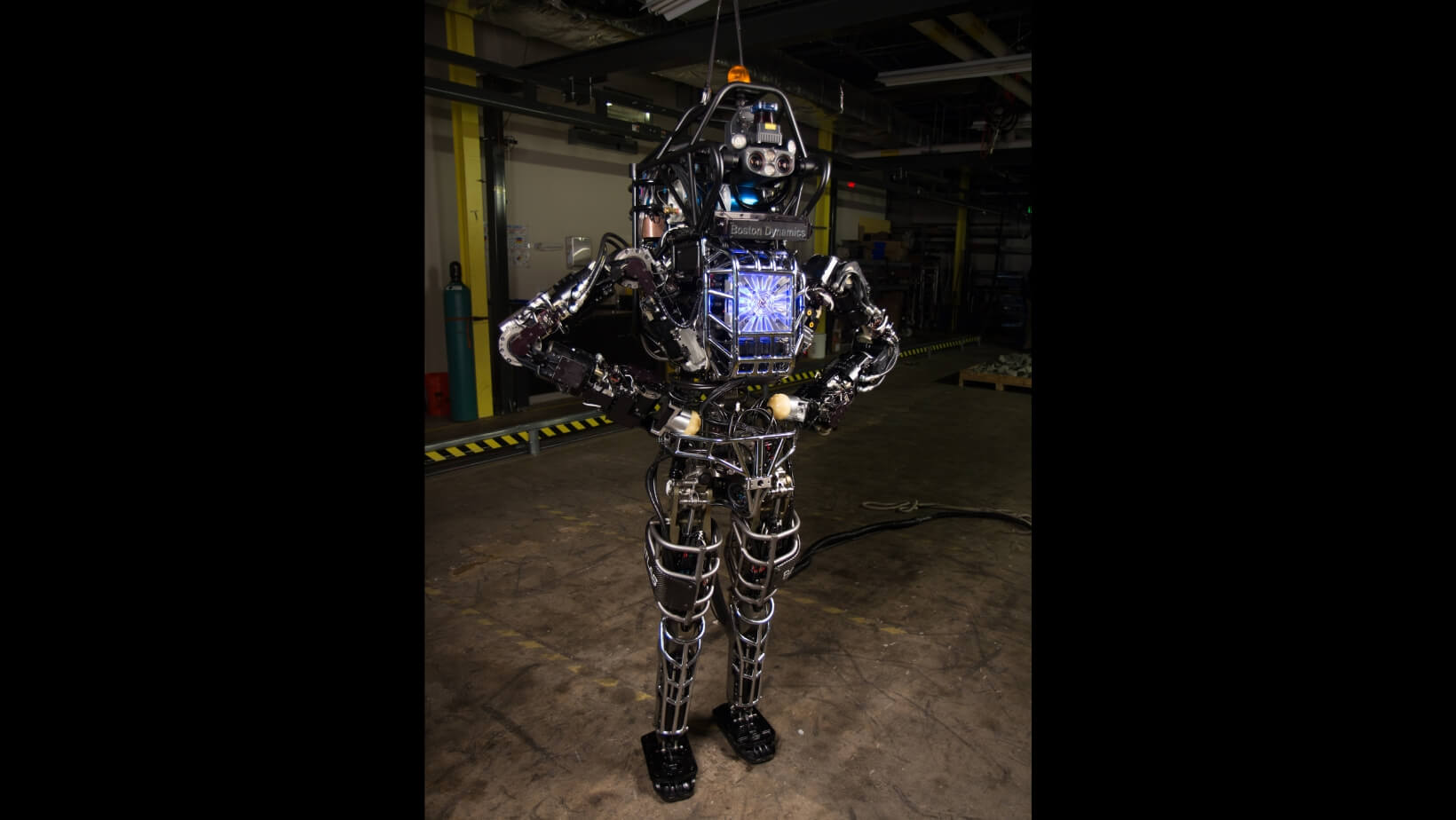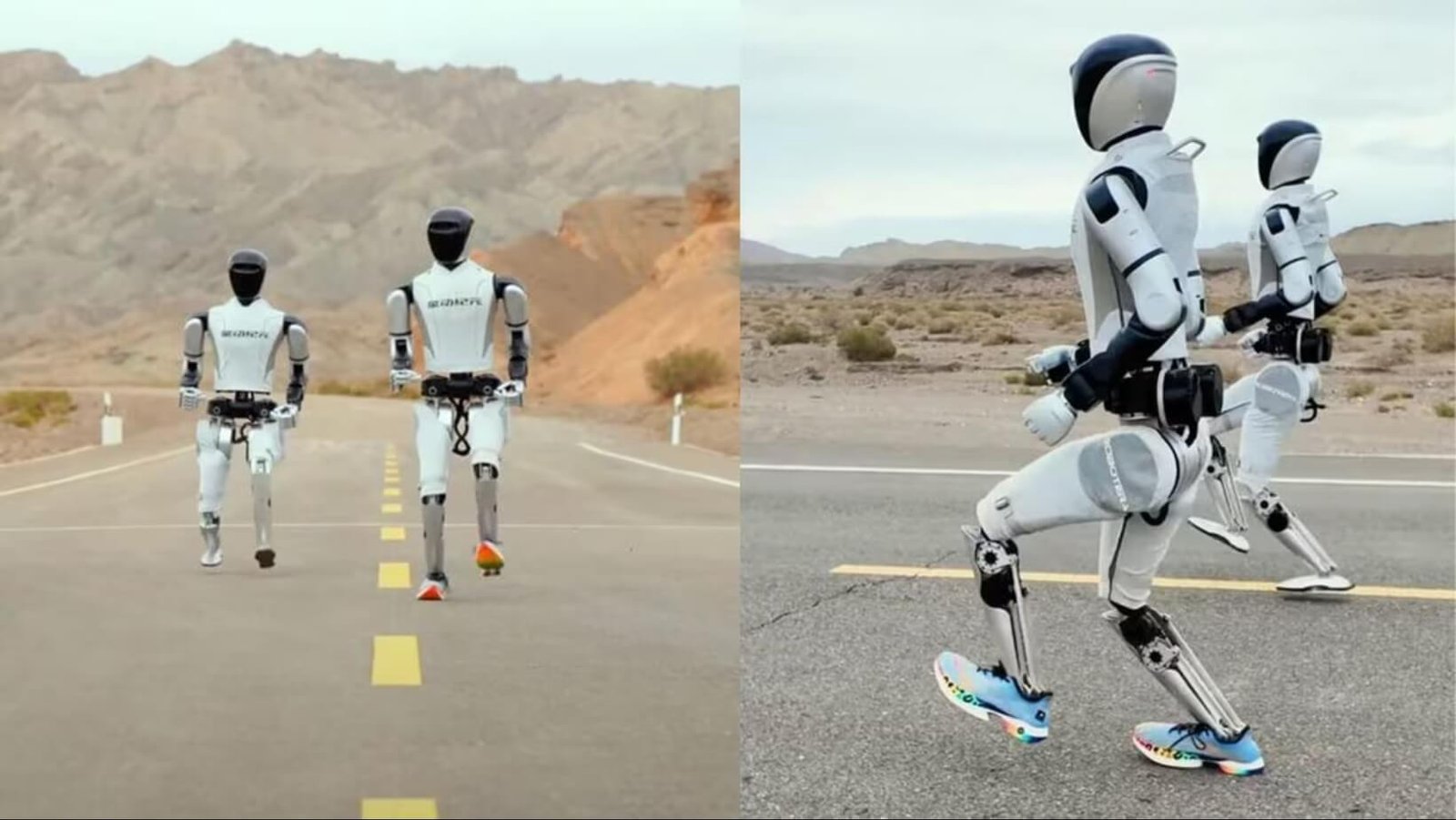Speed has become the prime focus in the ever-evolving world of robotics, where innovations in Artificial Intelligence (AI) are pushing the boundaries of what could be made possible. STAR1 is a phenomenal humanoid robot that has set the benchmark for its high speed. Being the fastest robot in the world, STAR1 showcases what is possible today and also hints at the future of high-speed robotics, where more balanced and purposeful movements would be made possible than ever before.
What is the fastest robot in the world?
Among various groundbreaking advancements, a humanoid robot, STAR1, introduced by Chinese company RobotEra has won the title of the fastest bipedal robot built to date with a speed of 8 miles per hour (mph). Its height and weight are 5 feet 7 inches (171cm) and 143 pounds (65 kilograms) respectively. STAR1 works by combining sophisticated AI algorithms with high-torque motors which have the capacity to generate large amounts of force.
Must Read: Will AI turn against us?
STAR1 surpassed the previous speed records and made headlines by achieving an exceptional speed of over 8 miles per hour (mph) or approximately 3.6 meters per second (m/s) more precisely. This speed is higher than Boston Dynamics “Atlas” and Tesla’s “Optimus”, and is achieved with the help of special footwear. Unitree’s H1 robot set a previous world speed record in March 2024, having a speed of 7.4mph (3.3m/s), albeit H1 was not technically running as its movement did not involve both feet clearing the ground simultaneously.

STAR1 was featured in a promotional video where it raced with a competitor unit, another STAR1, in the Gobi Desert in northwestern China. Special footwear, equipped with AI algorithms and high torque motors was given to one of these robots. This footwear was designed to navigate various terrains, such as paved roads, dirt, grass, and gravel, etc. Thus the robot with this pair of sneakers sustained a high speed for 34 minutes and set a world record for its remarkable speed.
Also Read: What is a quantum computer useful for?
🔬 Subscribe to SciMail
Get the latest science discoveries straight to your inbox!
How fast can a human-robot run?
A human robot can run with a top speed of 8 miles per hour. STAR1, a new humanoid robot demonstrated by Chinese scientists, holds this world speed record of over 8 miles per hour (mph) or approximately 3.6 meters per second (m/s).

The technology behind STAR1
The humanoid robot STAR1 is powered by extraordinary technology i.e. advanced AI and high torque motors. The function of high-torque motors is to generate the maximum force needed for rapid movements. While the advanced AI algorithms make balance, adaptation, and navigation in various terrains like paved roads, grasslands, and dirt paths possible. STAR1’s AI hardware amplifies a processing power capacity of 275 Trillion Operations Per Second (TOPS), which is far more than that of the AI systems having a capacity between 45 and 55 TOPS used in various devices like laptops.
What range of movements STAR1 can perform?
One of the key features of STAR1 is its 12 degrees of freedom which is essential not only for running but also for agility and balance. In the robotics context, it represents the total number of joints of a robot and the range of movement possible at these joints. This advancement in the joint system of STAR1 allows it to navigate and tackle challenging real-world scenarios and closely resembles human motion.

Which is the No.1 humanoid robot in the world?
SOPHIA is an iconic humanoid robot developed by Hanson Robotics. It has a wide range of human expressions and has the potential to interact with humans, interpret and respond to various questions, and make eye contact. These characters set SOPHIA apart in its ability to engage in profound chit-chats.


Leave a Reply